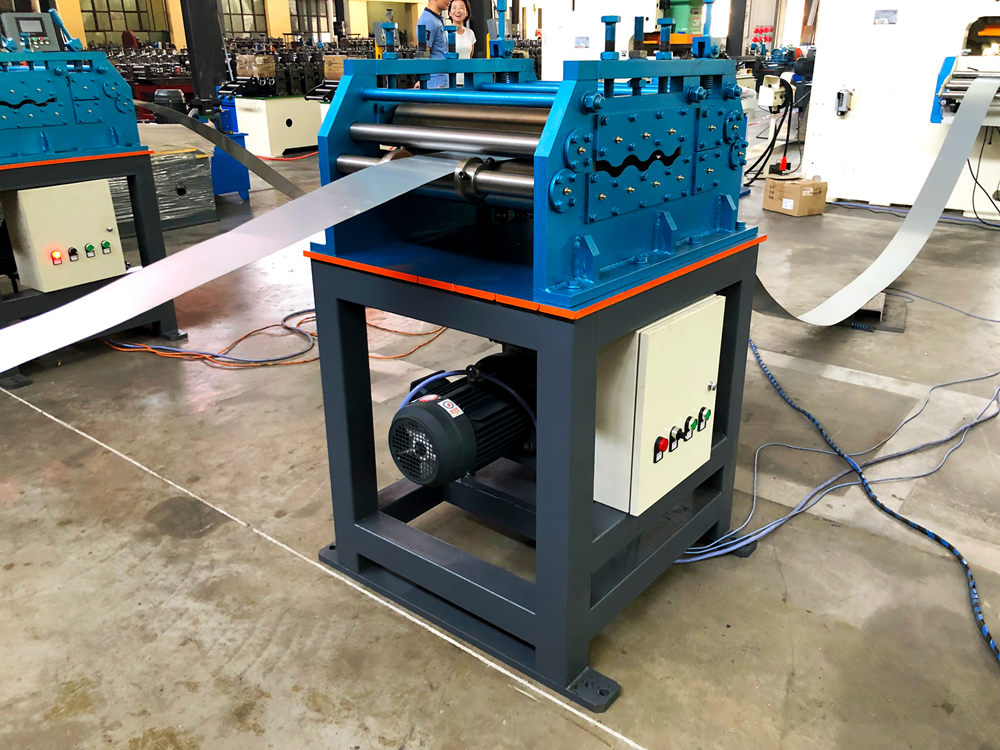
Understanding Cold Bending and Its Pricing Dynamics
Cold bending is a manufacturing process widely used in the production of various structural elements and components, especially within industries such as construction, automotive, and manufacturing. This method involves bending metal at room temperature, which differs significantly from hot bending where metals are heated to pliability. Cold bending allows for greater precision and control over the shaping of materials, producing components that maintain their structural integrity and finish without the need for additional processing.
One of the most critical factors influencing the cold bending process is its pricing. The cost associated with cold bending can vary widely based on several key factors, including material type, the complexity of the bending operation, labor costs, and the scale of production.
Material Type and Quality
The material being bent has a significant impact on pricing. Common materials used in cold bending processes include steel, aluminum, and other alloys. Each material presents its own challenges and costs. For instance, high-strength steel may require specialized equipment or techniques to prevent cracks during the bending process, which can increase costs. Additionally, the thickness and width of the material also play essential roles; thicker materials typically generate higher costs due to increased tooling wear and the need for more powerful machinery.
Complexity of Design
The complexity of the bend and the overall design of the component can also influence cold bending prices. Simple bends are often cost-effective and can be completed swiftly, minimizing labor input and machine time. However, intricate designs and multiple bends will naturally require more time and specialized equipment, leading to increased costs. Furthermore, if the design necessitates tight tolerances or specific shapes, fabricators might need to charge a premium for their services to account for the additional precision required.

Labor Costs
Labor costs are another vital component in determining the price of cold bending. Skilled labor is essential for operating bending machinery and ensuring quality control throughout the fabrication process. The experience of the workforce can greatly influence productivity and accuracy, and thus, overall labor costs can add significantly to the total price. As the demand for skilled labor rises, companies may face higher wages, which can further escalate cold bending costs.
Scale of Production
The scale at which cold bending is performed also plays a critical role in pricing. For large-scale production runs, costs can often be reduced through economies of scale. This reduction occurs because initial setup and tooling costs are spread over a greater number of units, allowing manufacturers to offer more competitive pricing. Conversely, custom or low-volume production can lead to higher per-unit costs due to setup times, which are not amortized over many products.
Market Influences and Trends
Finally, broader market trends can impact cold bending pricing. Raw material prices are subject to fluctuations based on market demand, geopolitical factors, and supply chain dynamics. An increase in demand for construction materials, for instance, can drive up steel prices, which reflects directly in the cost of cold bending processes. Additionally, advancements in technology can lead to new and more efficient bending techniques, potentially lowering costs over time.
In conclusion, understanding cold bending pricing requires a holistic view that encompasses material selection, design complexity, labor costs, production scale, and market influences. For companies involved in industries that rely on cold-bent components, being aware of these dynamics can facilitate better decision-making and more strategic planning regarding production processes and cost management. As the industry evolves, keeping a finger on the pulse of these factors will be essential for ensuring competitiveness and maintaining profitability.